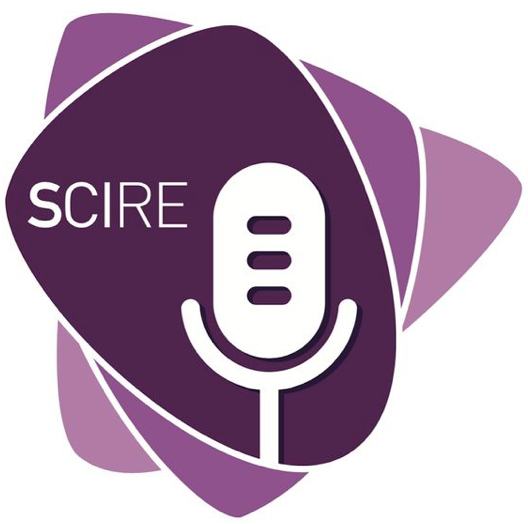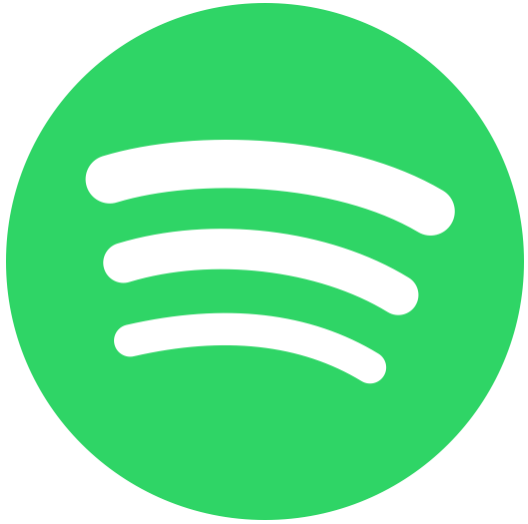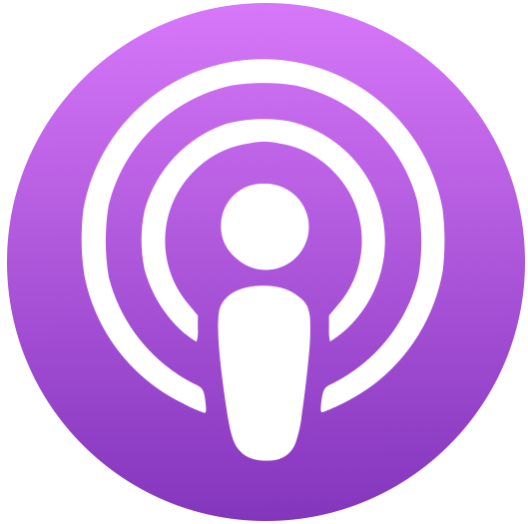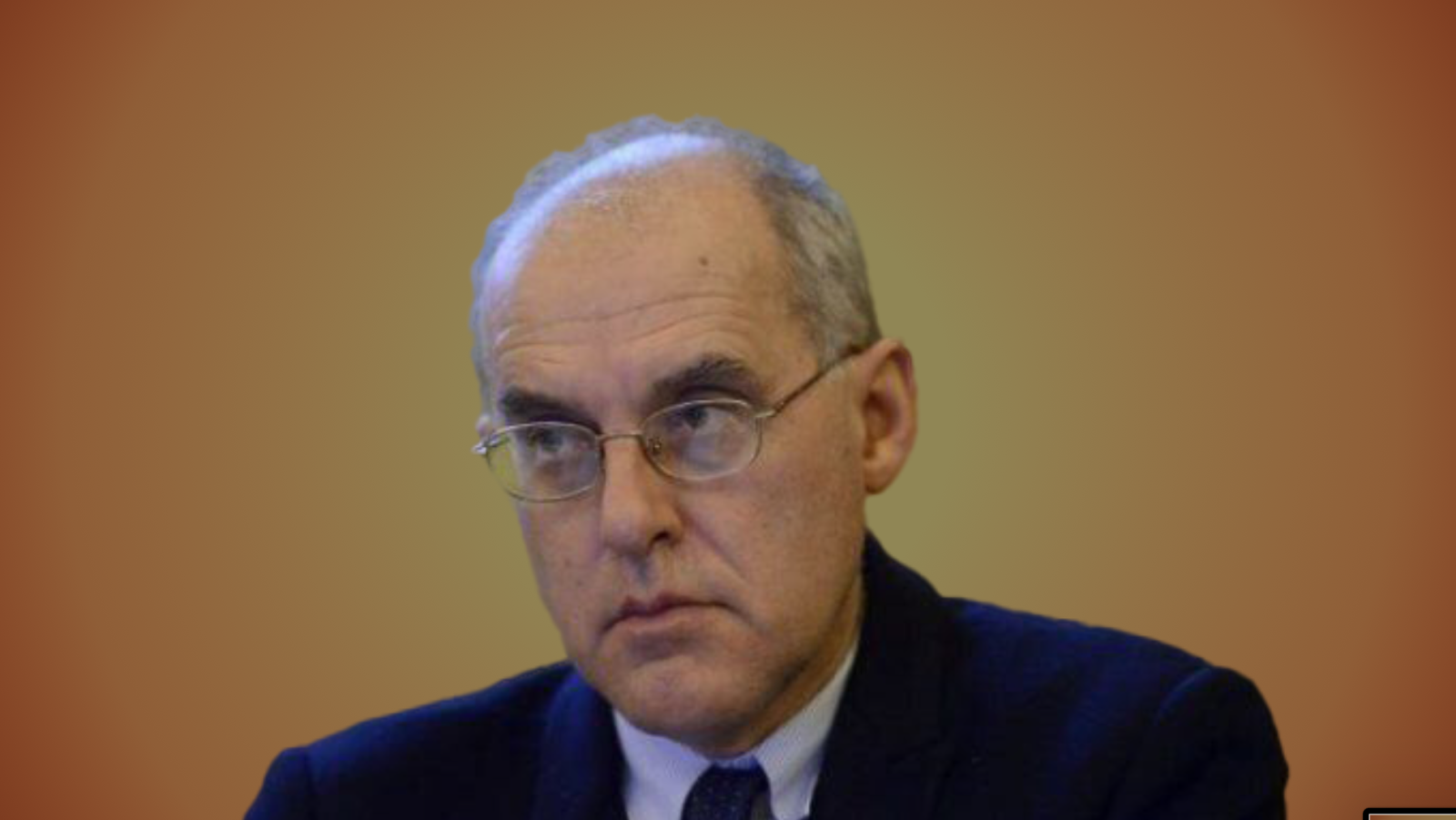Secondo l'Organizzazione mondiale della sanità si infetterà un europeo su due. L'Ecdc mette tutto il continente in rosso. Come sarà la quarta ondata di Covid-19? Morti e ricoverati gravi saliranno ancora o siamo verso il picco che ci porterà poi a un lento rientro verso la normalità? Basteranno i vaccini? Abbiamo fatto bene a riaprire la scuola in presenza? Facciamo l'analisi della nuova stagione della pandemia con Carlo la Vecchia, epidemiologo dell'Università degli Studi di Milano.
Come sarà l'inverno con Omicron?
Primary tabs
prossimo articolo
Europe’s Freedom of Research: €100 Billion for ReBrain Europe
In the 1930s, the disastrous Nazi-fascist policies induced an unprecedented exodus of at least 15,000 intellectuals - scientists and artists, Jews and non-Jews - to the United States. See. e.g., the historical accounts in Adorno, Fleming, & Bailyn: The Intellectual Migration.









